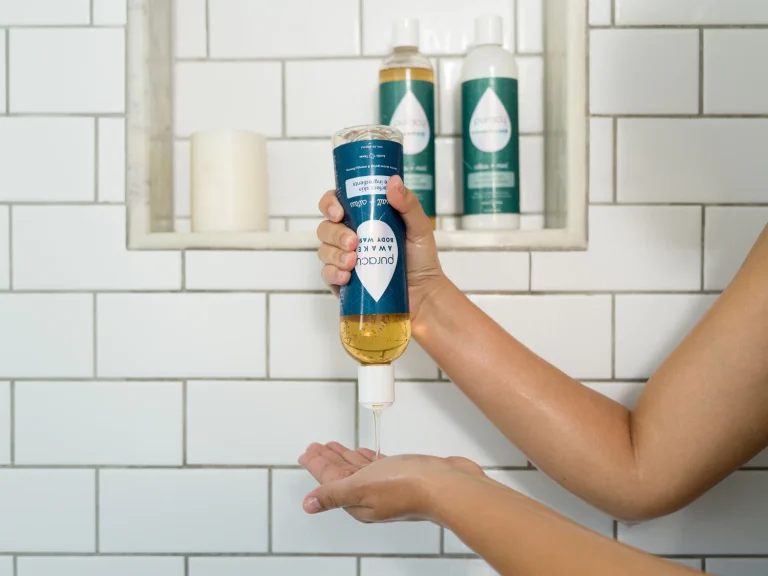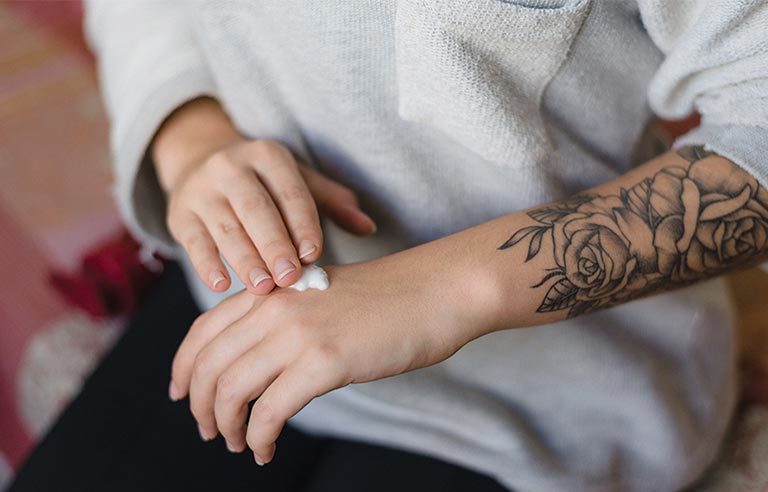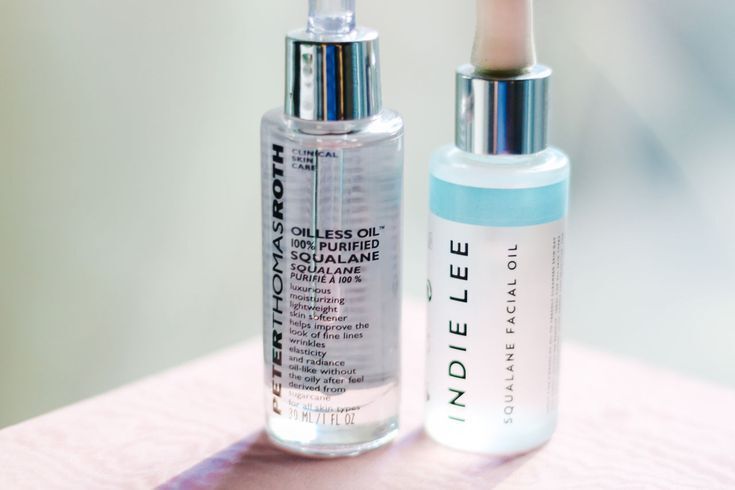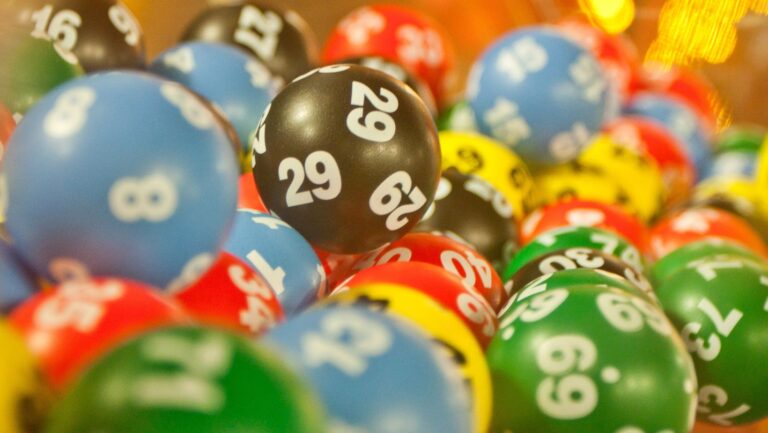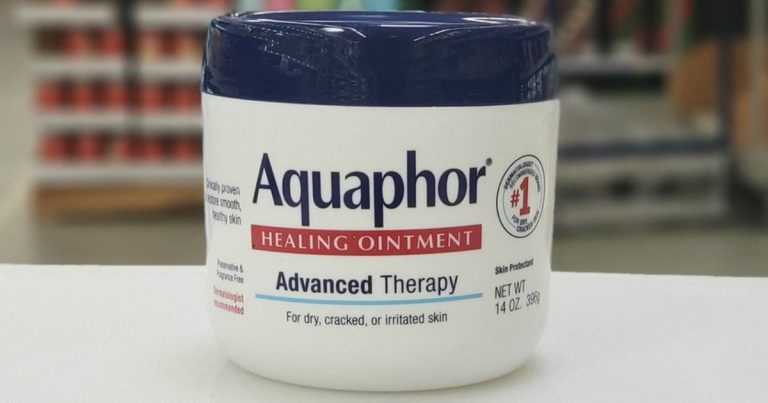What UV Index Is Best For Tanning?
Sun-kissed, bronzed skin can look healthy and attractive during the summer months. But overexposure to the sun’s ultraviolet (UV) radiation can also lead to sunburn, premature aging, and skin cancer. So how can you tan safely and achieve that golden glow? The key is understanding the UV index and using it to guide your sun exposure.
In this guide, I’ll explain what the UV index is, how it’s measured, and what levels are best for tanning. I’ll also provide tips on calculating optimal tanning times based on your skin type, using sunscreen, and protective clothing. My goal is to help you enjoy the sun’s warmth while avoiding sun damage. Let’s dive in!
What Is the UV Index?
Contents
- What Is the UV Index?
- Understanding UV Exposure Levels
- Estimating Your Skin Type and Tanning Ability
- What UV Index is Best For Tanning?
- Calculating Your Optimal Tanning Time
- Factors That Impact Your Tanning Plan
- Measures For Protecting Yourself From Sun Overexposure
- A Wrap-Up of Ideal UV Index Levels for Tanning
- Frequently Asked Questions
- Conclusion: Let’s Enjoy the Sun Safely
The UV index is an important daily forecast by the National Weather Service and EPA to help plan sun safety practices. It provides a prediction of the expected risk of overexposure to UV rays from the sun.
The index is a scale from 1 to 11+ that indicates the strength of UV radiation that causes sunburn. Low numbers mean low risk of overexposure, while higher numbers indicate very high risk.
Measuring Ultraviolet Radiation
The UV index is calculated based on measurements of UV radiation levels in a particular geographic area. It takes into account:
- The sun’s angle: The higher the sun in the sky, the higher the UV radiation exposure.
- Cloud cover: More clouds mean less UV radiation reaches the ground.
- Altitude: Increased elevation means less atmosphere to absorb UV rays.
- Ozone: Ozone naturally helps filter some UV rays. Less ozone means more UV exposure.
Range of the UV Index Scale
The UV index scale runs from 0 to 11+, with higher numbers indicating stronger UV radiation:
- 0 to 2 = Low exposure
- 3 to 5 = Moderate exposure
- 6 to 7 = High exposure
- 8 to 10 = Very high exposure
- 11+ = Extreme exposure
Understanding UV Exposure Levels
To understand which UV index levels are ideal for tanning, you need a basic grasp of the UV rays that cause tanning.
UVA vs. UVB Rays
There are three types of UV rays:
- UVA rays have longer wavelengths that penetrate deep in the skin. They contribute to skin aging and wrinkling.
- UVB rays have shorter wavelengths affecting the outer layer of skin. They cause sunburns but also stimulate tanning.
- UVC rays have the shortest wavelengths but get absorbed by the ozone layer before reaching us.
Impact on Skin
- UVA rays penetrate deeper, causing premature aging and skin cancer.
- UVB rays burn the outer skin layer, leading to redness, peeling, sunburns, and also skin cancer.
Overexposure to both UVA and UVB can clearly damage skin. Let’s look at the effects.
Effects of Overexposure
Too much time in peak UV rays can lead to:
- Sunburn: Red, sensitive skin that may blister in severe cases.
- Premature aging: Wrinkles, age spots, leathery skin.
- Skin cancer: Overexposure is the #1 cause of melanoma and other skin cancers.
That’s why you should take precautions like:
- Using sunscreen with an SPF 30 or higher.
- Wearing protective clothing like hats and UV blocking sunglasses.
- Seeking shade during peak UV hours.
- Avoiding the sun during peak hours when possible.
Estimating Your Skin Type and Tanning Ability
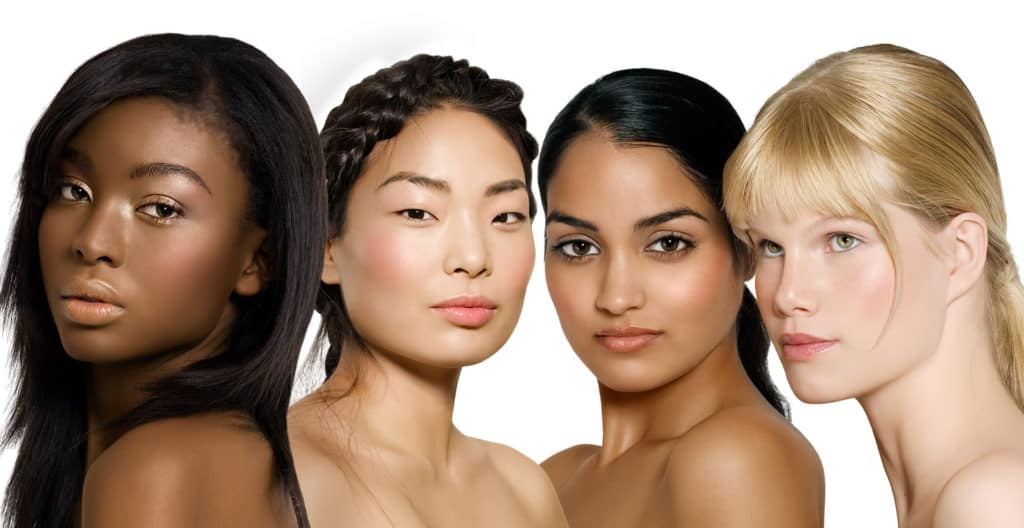
Your skin type and tone play a big role in both your tanning ability and your risk for sun damage. Here’s what to consider:
Understanding Your Fitzpatrick Skin Type
Dermatologists use the Fitzpatrick scale to classify different skin colors and their reaction to UV light. The scale ranges from very fair (Type I) to very dark (Type VI).
Where you fall on the Fitzpatrick scale indicates:
- How sensitive your skin is to sunlight.
- How likely you are to burn versus tan.
- How much UV exposure you can handle before burning.
Lighter skin types have less melanin, burn faster, and are more prone to sun damage and skin cancer. Darker skin types have more natural melanin protection against UV rays.
Factors That Help Determine Skin Type
Elements that affect your Fitzpatrick skin type include:
- Your natural skin color – fairest to darkest skin tones.
- Eye color – lighter eyes are more sun-sensitive.
- Natural hair color – red and blonde hair is more vulnerable to rays.
Tanning Recommendations By Skin Type
Your tanning approach should vary based on your Fitzpatrick skin type:
- Very fair skin: Start with just 15-20 minutes sun exposure in early morning/late afternoon. Avoid peak hours. Wear SPF 30+ sunscreen.
- Fair skin: Start with 20-30 minutes exposure and gradually increase to 2 hours over two weeks. Use SPF 30+ sunscreen.
- Light brown skin: Can do 30-60 minutes unprotected sun then wear SPF 15-30 sunscreen after.
- Dark brown or black skin: Can likely tan 2+ hours without burning. Use SPF after initial exposures.
It’s also wise to think about your past tanning and sunburn history to estimate your tolerance.
What UV Index is Best For Tanning?
Now that you know the UV index scale and your skin type, what levels are ideal to stimulate tanning safely?
Look For A UV Index of 4-5
For most lighter skin types, a UV index around 4 or 5 is ideal for tanning. This indicates:
- A moderate risk of harm from unprotected sun exposure.
- UV intensity strong enough to stimulate melanin production and cause tanning.
- Low risk of burning with proper sunscreen use.
Of course, those with darker complexions and higher tolerance may be able to tan safely at higher UV indexes.
Start Low and Increase UV Exposure Gradually
To be safe, I recommend starting with short exposures at lower UV indexes and working your way up. You can gradually increase the duration and intensity of UV exposure over several weeks to build up melanin and a tan.
It’s better to tan slowly than to overdo it and burn on the first day! Be especially careful near water, snow, or sand as they reflect rays and increase exposure.
Calculating Your Optimal Tanning Time
Once you know your Fitzpatrick skin type and the day’s UV index, how long should you stay out before needing sunscreen or shade? Here are some tips for gauging tanning time:
Factors That Influence Tanning Time
Elements that impact how long you can safely stay in the sun before protection include:
- Your skin type and sensitivity – the fairer your skin, the less time needed.
- The strength of UV rays – higher UV index means less exposure time before burning.
- Medications – some make your skin more sun-sensitive.
Start With Short Exposures
Since UV strength varies daily, it’s best to start with short 10-30 minute exposures for lighter skin types. Then work up to longer periods over 14-21 days.
Spread out initial exposures over several days versus prolonged time on day one.
Apply Sunscreen Liberally and Frequently
Use water-resistant SPF 30 or higher sunscreen and apply liberally every 2 hours. Some sun exposure penetrates clothes, so don’t skip spots.
Reapply after swimming or sweating heavily. Look for lotions with zinc oxide or titanium dioxide for broad protection.
Watch For Telltale Signs of Exposure
Signs it’s time to get out of the sun include:
- Feeling hot or starting to burn
- Skin becoming red or tender
- Feeling thirsty or fatigued
- It being the warmest part of the day
Factors That Impact Your Tanning Plan

Several variables beyond your skin type can affect your sun tanning regimen. Be sure to take these into account:
Time of Year Makes a Difference
UV exposure tends to be more intense during:
- Longer days in spring and summer. The sun is above the horizon longer.
- Peak UV hours from 10 AM to 4 PM. The sun’s rays are the most direct.
- Higher elevation – less atmosphere means less UV absorption.
Plan for shorter exposure times or more protection during these periods.
Your Skin Tone Affects Tanning Approach
Follow the Fitzpatrick skin type recommendations I provided earlier in the article. Fair skin needs more care than darker complexions when tanning:
- Start with only brief exposures to build melanin slowly.
- Avoid peak hours when possible. Seek shade.
- Wear protective clothing and apply SPF 30+ sunscreen diligently.
Meanwhile, those with darker skin can gradually work up to longer sessions before protection is needed.
Medications Can Increase Sun Sensitivity
Many common meds make skin more prone to burning. These include certain:
- Antibiotics
- Anti-inflammatories
- Antihistamines
- Antidepressants
- Blood pressure medications
Talk to your doctor about increased sun precautions if taking photosensitizing drugs.
Geography Plays a Role
UV exposure tends to be more intense closer to the equator. For example, the southern U.S. states see higher average UV indexes than northern states.
Altitude also boosts exposure, so take care in higher elevation areas.
Measures For Protecting Yourself From Sun Overexposure
While moderate UV exposure is healthy, too much can be dangerous. Protect yourself with:
diligent sunscreen use
- Apply a broad spectrum SPF 30+ sunscreen.
- Put on 1 ounce per area – don’t skimp!
- Reapply at least every 2 hours when outdoors.
- Use zinc oxide or titanium dioxide for greatest protection.
Covering Up with clothing and Accessories
- Wear a wide-brimmed hat to shade the face and neck.
- Look for UV blocking sunglasses.
- Choose long sleeves and pants when possible.
- Consider UV protective swimwear if swimming.
smart Clothing Choices
- Lighter colors reflect more UV rays from the skin.
- Dark colors tend to absorb more of the sun’s rays.
- Look for fabrics with UPF ratings that block UV transmission.
A Wrap-Up of Ideal UV Index Levels for Tanning
I hope this article gave you a helpful understanding of how to use the UV index for safe, golden tan results. Here’s a quick summary:
Consider Your Skin Type First
Work within your Fitzpatrick skin type’s limits and gradually build tolerance. Don’t overdo it trying to tan quickly.
Aim for a Moderate UV Index of 4-5
This level allows tanning while minimizing burning risks with proper sunscreen for lighter skin tones.
Take Sun Protection Seriously
Don’t skimp on sunscreen, lip balm, sunglasses and protective clothing. Preventing burns keeps skin healthy.
Know Your Limits
Monitor skin for redness or burning. Head indoors if you feel yourself getting overheated. Build tolerance slowly over time.
Frequently Asked Questions
Still have questions about finding your optimal tanning UV index? Here are some common questions:
Can You Tan If the UV Index is 5?
Yes, a UV index of 5 is often ideal for tanning in lighter skin types. Apply SPF 30+ sunscreen and limit initial exposures to 30 minutes to an hour based on your tolerance.
How Do I Calculate the UV Index Where I Live?
Most weather apps and forecasts provide the daily UV index for your location. You can also search online for “UV index for [your city]”. Look for 0 to 2 for low, 3 to 5 for moderate, 6 to 7 for high, and above 7 for very high to extreme. You can also use the calculators available on the SUMSQ website for calculating these things.
What Are the Risks of Tanning When the UV Index is 8 or Above?
A very high UV index above 8 means high risk of harm if unprotected. Fair skin types can burn in less than 15 minutes. Limit exposure, seek shade, and use SPF 30 sunscreen to avoid damaging sunburns.
Conclusion: Let’s Enjoy the Sun Safely
While too much sun can be dangerous, moderate UV exposure provides vitamin D and a healthy glow. Now that you understand how to use the UV index for safe tanning, go ahead and soak up some of those warm sunny rays!
Just be sun smart – apply sunscreen, seek shade at peak hours, cover up after initial sessions, and know your skin’s limits. Here’s to a sunny, sensational, and safe summer!

Founded by Sophia Rodriguez, IGXO Cosmetics is a PETA-certified, cruelty-free, and vegan makeup brand.
